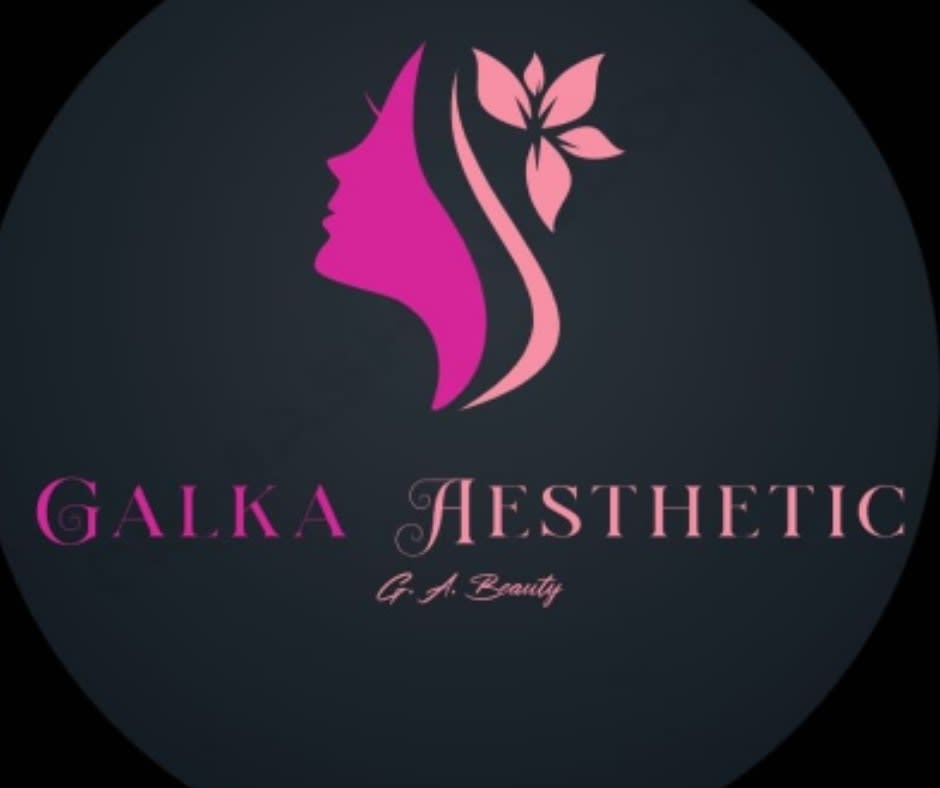V -line Facial slimming

What is a V-Line facial shape?
The classical description of youthful facial contours is an inverted triangle, with the cheekbones being the widest part of the face tapering to a pointed chin. This relationship can be altered by age, where the soft tissues of the face start to droop and the jaw becomes more square. Young individuals can also get a squared or widened jawline, and this is usually due a bulky (or hypertrophic) masseter muscle.
This is one of the muscles that help with chewing and can be felt at the sides of your jaw when you clench your teeth together. Thicker masseter muscles are completely normal and their size varies depending on the individual. The bulkier the masseter, the wider and more angled the sides of your jaw would look.
How does the treatment narrow the jawline?
The injection tox binds to and enters nerve endings. Once inside the nerve cell, it interrupts signals and causes muscle paralysis. When we reduce a muscle's activity, it will reduce in size (atrophy). The body essentially works out that the muscle is not active and therefore does not need to be as large in size.
Aside from this main effect of reducing muscle size, it is theorised that when the pull of this muscle is reduced consistently over years, there can be some bony shape change to the jaw bone as well to help maintain the aesthetic outcome. This latter effect can only be achieved with a specific technique that keeps the reduced muscle size in a persistent narrow range through a regimen of top-ups.
How is it done and what are the risks?
The procedure involves a few tiny injections into the jaw muscle with a needle as fine as a human hair. This will have its effect on the muscle over the following 3 months. Research suggests that by the 4th month, the masseter muscle starts to rebuild its size again
How is it performed and what are the risks?
The procedure involves a few tiny injections into the jaw muscle with a needle.This will have its effect on the muscle over the following 3 months. Research suggests that by the 4th month, the masseter muscle starts to rebuild its size again.
Significant adverse events are uncommon. The most important, but rare complication, to mention is asymmetry from the temporary paralysis of the smiling muscles or weakening of the chewing muscles. Other risks include bruising and hollowing of the cheeks. At Galka Aesthetic I am experienced with our treatments so you will be in the safest hands.
After all treatments with you will receive an aftercare leaflet, detailing what to expect, things to look out for and how to contact me. Its suggested that you do not have large events (e.g. weddings) planned within two weeks of this treatment. After four weeks, you will be invited to come back for a follow-up.
Any questions about a specific procedure?
Send a message!
